Pete Evans investigates an icon of airgunning, with a study of the Air Arms S410
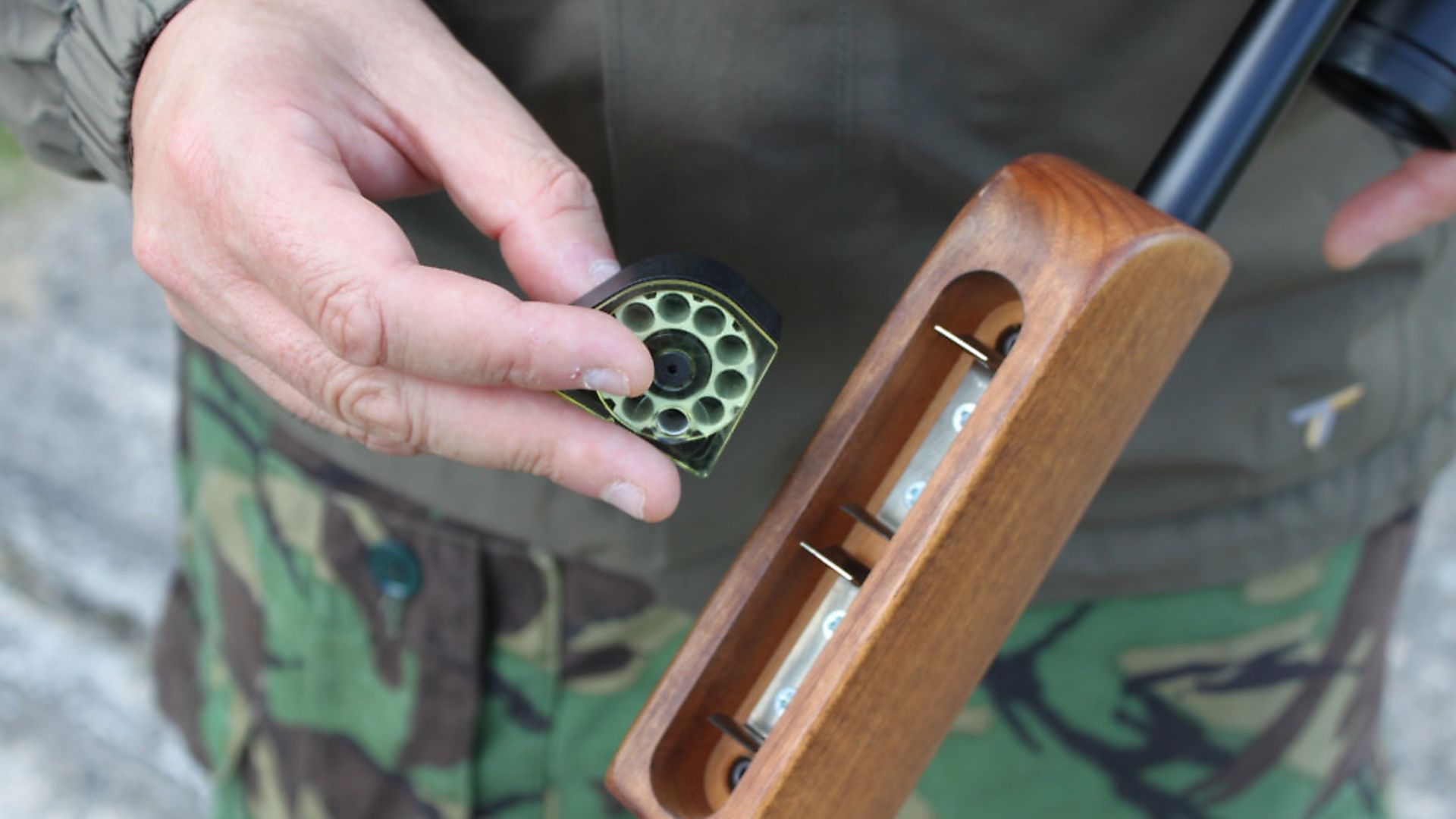 credit: Archant
credit: Archant
Conduct a poll on the nation's most successful PCP over the last 20 years, and although I am not a betting man, I think it a safe wager that the Air Arms S400 and its subsequent derivatives would feature in the top slots. The secret of its success is multi-faceted, and like any successful product there will be an expansive back story. Only by looking back can we make sense of the present, so join me on a voyage of discovery, and find out what has made this rifle an international phenomenon.
Day of the Jackal
It's difficult to comprehend, but the S400 shares a common ancestry with the military-styled, spring-piston Jackal, marketed by Sussex Armoury in the late 1970s. The components for the rifle were made by NSP Engineering, the parent company of Air Arms. Fast forward to 1983, and the demise of Sussex Armoury; Bob Nicholls, NSP founder, and his general manager, Colin King, were at a crossroads as to where to take the company. Joined by sales and marketing manager, Bill Sanders, they decided to put their manufacturing skills to good use by making spring rifles with a military look, followed by more conventionally styled side-ever rifles, all of which proved successful and paved the way for further development, including a new wave in airgun design - the pre-charged pneumatic. Nothing buoys a company more than success on the competition circuit, and that's what happened for Air Arms, following the introduction of the Shamal, and later the 100 series, which included the Nick Jenkinson Rifle (NJR) - remember that name, it will become important.
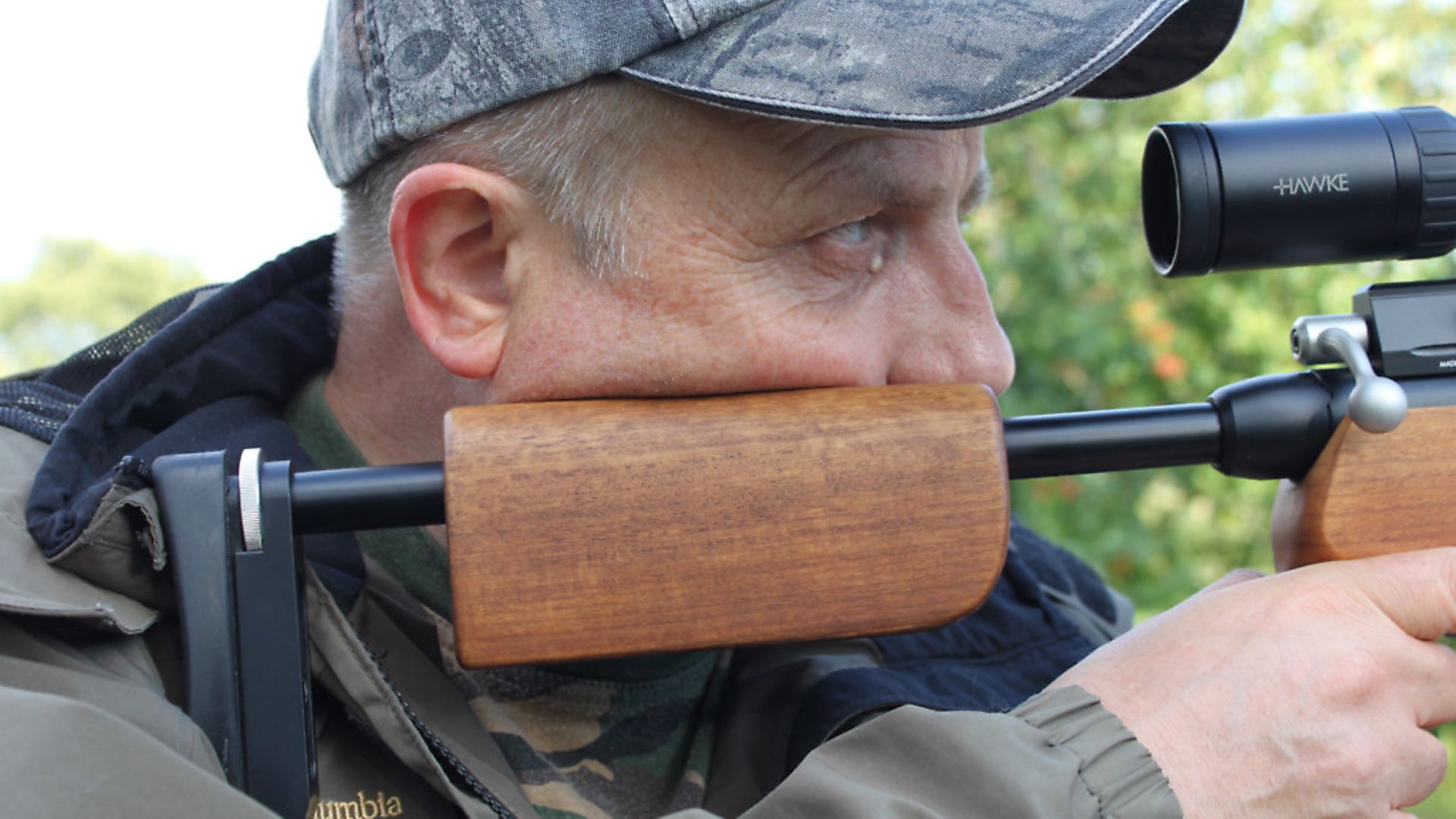 credit: Archant
credit: Archant
Start of a dynasty
Owing to the success that Air Arms was enjoying on the competition scene, Bob Nicholls decided that the company needed a reasonably priced PCP rifle to appeal to the first-time buyer, and yet stayed true to the Air Arms established tenets of quality, longevity, and function. So, with such a brief in mind where do you turn for advice on the design of such a project? Look no further than field target supremo, Nick Jenkinson, who when he wasn't busy scooping up silverware could be found beavering away on projects and designs, some of which found their way on to the S300 - the closest relative to the 400 series. I had the privilege to speak with Nick a couple of years ago and he shared with me his inspiration for the 300 series hammer arrangement, which continued on to the S400.
Nick drew on his experience in working on car bodywork, where he used a slide hammer to remove dents. The gun went on to use something similar, albeit on a miniature scale, whereby the hammer travelled along a central rod, ensuring that it remained concentric to the gun's action.
It was no surprise that the gun was a winner from the off. I vividly remember reading Nick's appraisal of the gun in this very magazine, on the strength of which I bought my own gun. Because the gun needed to retail below £300, there were no extras, which we have come to expect on modern PCPs. Features such as a quick-fill, pressure gauge, multi-shot magazines, safety catch were all absent. What buyers did get was a rifle capable of a high degree of accuracy, and bomb-proof build quality. As time progressed, provision was made for a quick-fill, and 10-shot magazine - the S310 - before it was phased out to make room for the 400 series.
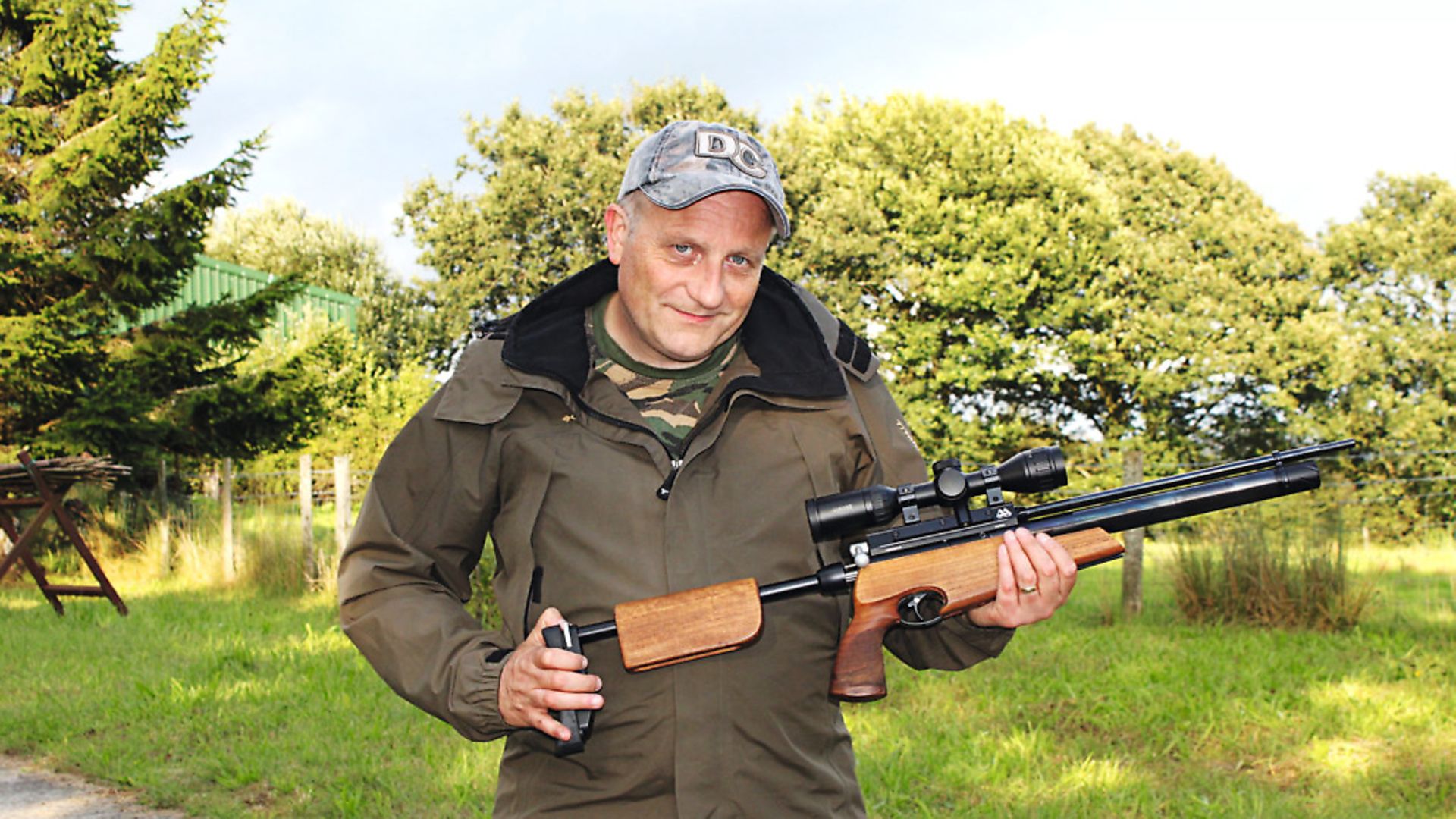 credit: Archant
credit: Archant
The new arrival
The new 400 series took all that was good from the original concept, whilst adding a few more features to ensure that Air Arms devotees would trade in their old models for the latest incarnation, as well as attracting new buyers to the table yet to sample the benefits this rifle could offer.
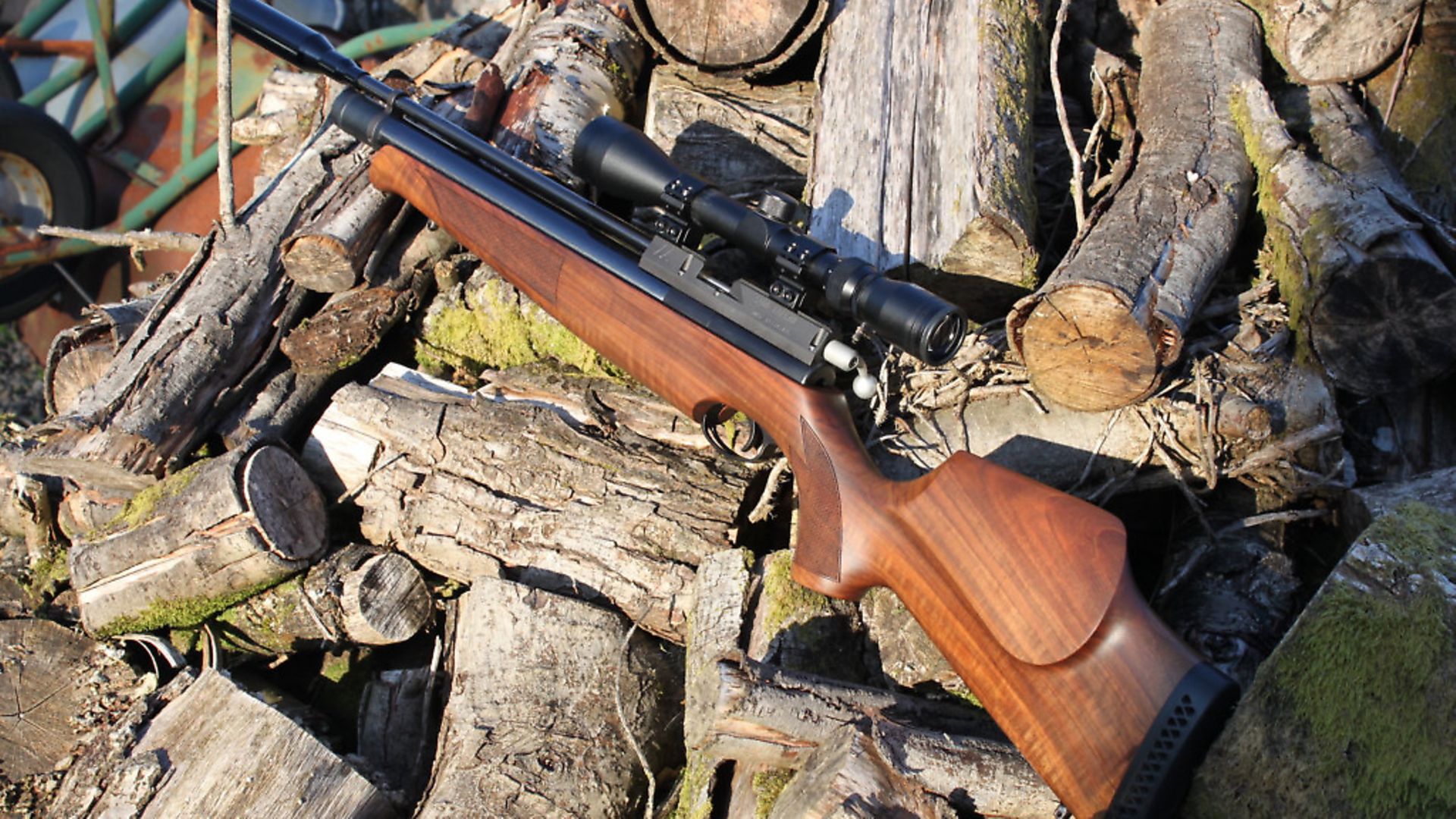 credit: Archant
credit: Archant
New stocks, pressure gauges, and quick-fills adorned the new rifle, helping it to keep step with the changing market, and enhancing its functionality.
Air Arms has never been a company to rest on its laurels, and so the 400 series has undergone a programme of development which has seen changes to the trigger, quick-fill, valve housing, and stock designs, with even a take down (TDR) version, and of course, the sidelever 510 series, thus is the flexibility of the parent platform. This rifle provides a perfect example of airgun evolution, the fruits of which we can enjoy ourselves today, available in any gunshop up and down this green and pleasant land.
On a personal level, I own two 400 series guns; a walnut-stocked S400 from 2002, together with a TDR from 2017, which incidentally, has been superseded by the 510 TDR.
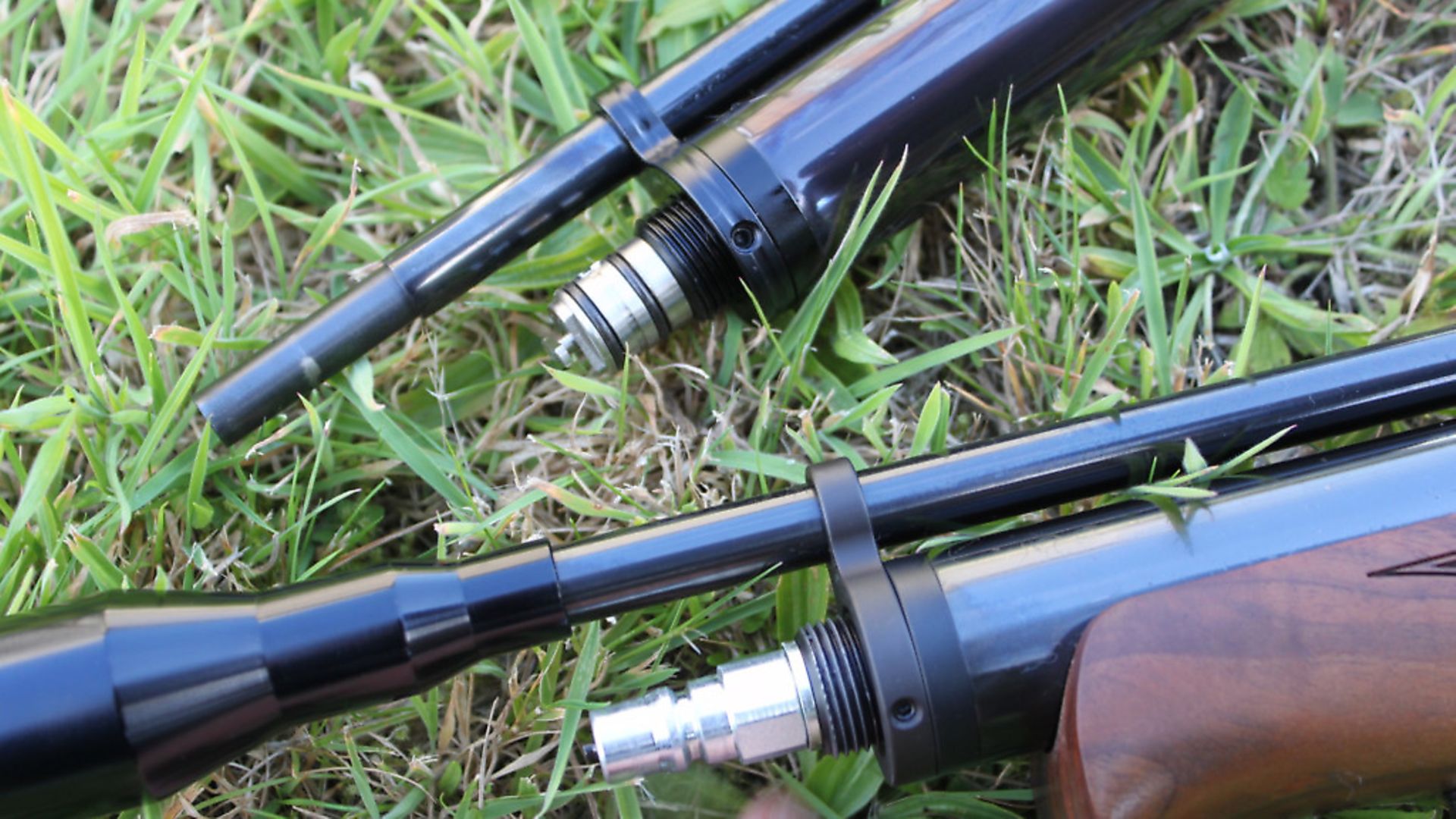 credit: Archant
credit: Archant
Options galore
Currently, the S400 is available with no fewer than five stock options, not only differing wood types, but also designs, enough to keep the most fussy of shooters happy. The stocks are now crafted by those giants of stockmaking, Minelli of Italy. The stocks of old feel heavier, particularly wide at the fore end and the grip; both are extremely comfortable, though, and made with scope use in mind. Talking stocks, it's worth considering the TDR, which by virtue of its design is a completely different animal.
In my experience, take-down rifles are often a compromise in function. The concept is great, giving a practical solution in situations where you would rather not draw attention to yourself, and none can deny the grin-inducing pleasure of putting the gun together. What really matters at the end of the day is whether or not it's comfortable in use, which in turn will define if it's going to be accurate. Remember, a comfortable gun, providing all other parameters are in order, will be an accurate gun.
As far as the TDR is concerned, I am pleased to report that as long as you are happy with a drop-down, pistol-type grip, you will be more than satisfied with the TDR. It offers an adjustable wooden cheekpiece, adjustable butt pad, and even has provision for the storage of extra magazines. From my own view point, the only slight criticism I have is that the fore end can feel a little short. I have in mind a design for a removable stock extension - watch this space for more on that at a later date.
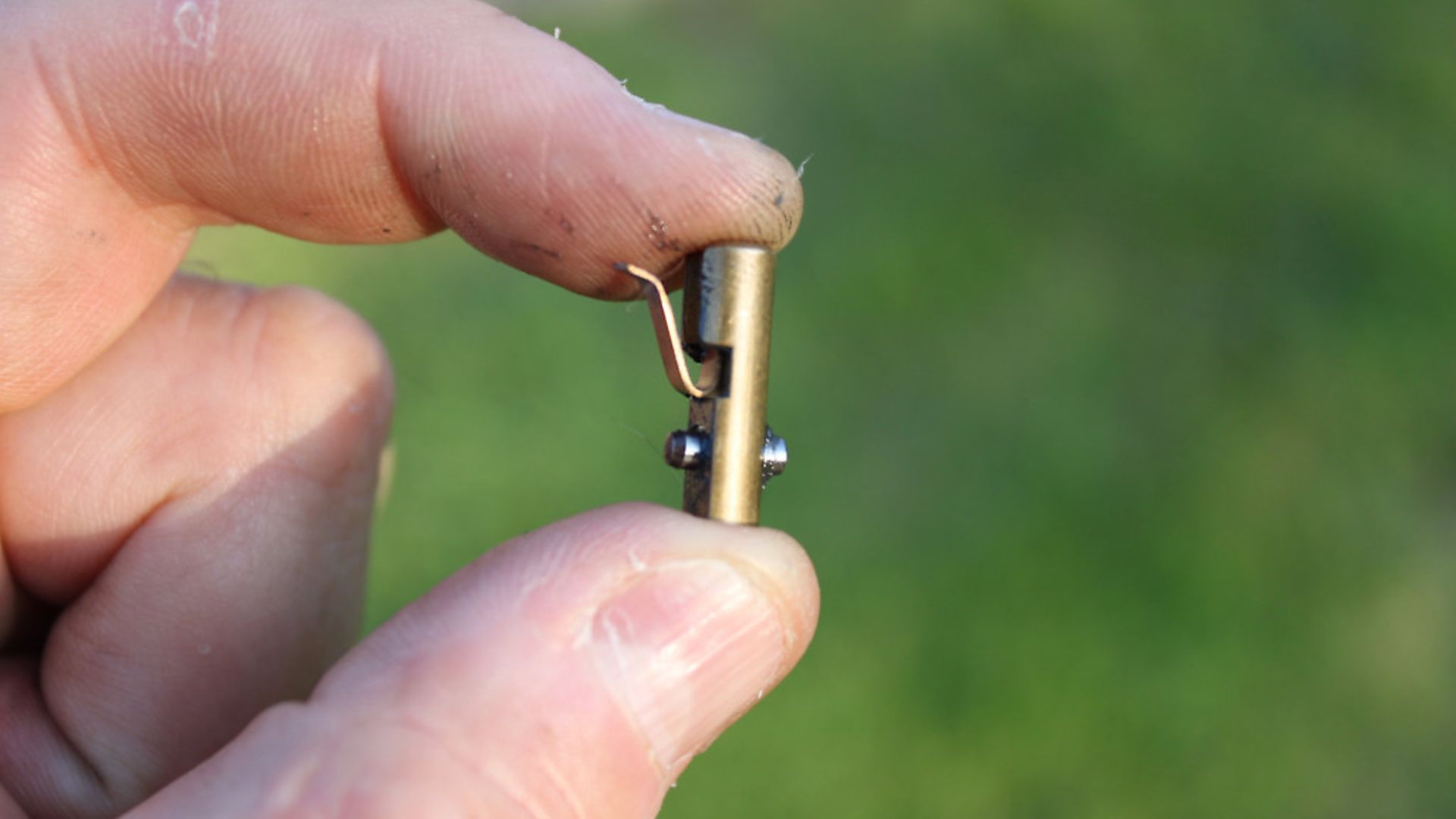 credit: Archant
credit: Archant
Barrels 'n' cylinders
A gun's performance can be made or broken purely on the quality of its barrel, so it's no surprise that Air Arms sought Lothar Walther barrels for their gun, which gives an assurance of accuracy and dependability. The barrel ends are turned down to a diameter of 10mm, to accept Air Arms' own brand of push-fit, grub screw-secured moderators.
As with the guns, the moderators themselves have gone through an evolutionary process, with several different versions available over the years. At present, there are two types available; the standard and the Q-Tec. The Q-Tec comes in at 218 mm, 14 mm longer than the standard, they are also calibre specific. I own both, so I can say that the Q-Tec is definitely the quieter of the two, based purely on subjective testing, rather than employing a dB meter. Anyone who knows me will tell you I'm a simple sort of bloke.
Cylinders have always been available in two lengths, formally carbine and classic, now termed carbine and rifle. As would be expected, the longer cylinder/barrel configuration will return more shots for your charge if that's what you need, whilst the carbine will be more useable in tight spaces.
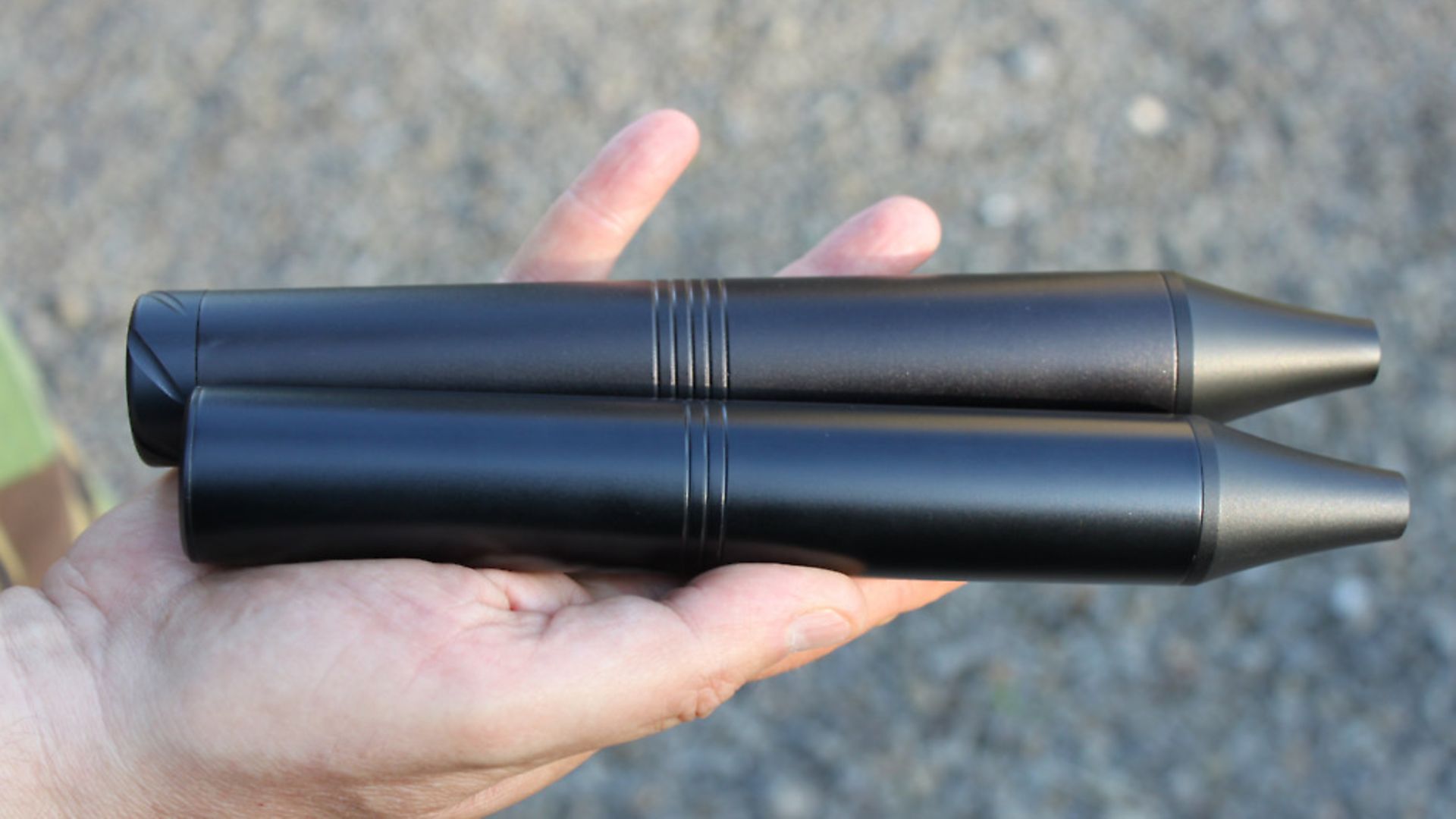 credit: Archant
credit: Archant
Valve principle
All these guns work on a 'knock open' valve principle, and with 40 good-quality shots on a 170bar fill from a carbine cylinder, I see no need to travel down the regulator route. Some might disagree, which is fine, my view being, why add extra layers of complexity to wring out a few more shots?
We have all come to expect a quick-fill adaptor as standard equipment, and rightly so because they provide a fuss-free method of filling. The 400 has always sported this useful feature, and even that has undergone changes over the years. Original models had a bayonet push-on fit, whereas the updated version has a T-bar locking system with an internal filter to protect against dirt ingress.
The newer version is far more satisfactory, providing a secure filling experience, with the filter adding extra peace of mind. The filling adaptor itself is much more compact as well.
Before you can shoot, there needs to be a pellet in the breech, and this is effected by a bolt action, activating a rotary magazine. The magazine for the S410 is a simple affair, 10 shot in both calibres, alloy drum, plastic housing, tensioned by a ball bearing and spring.
The magazine actuator itself, is the only part that I might be tempted to call 'a weak spot'because over time they can give trouble by not indexing the magazine correctly. This indexing arm has been revised on the new models and consists of a spring-loaded arm, which has the promise of greater durability. If you have the old actuator, do not worry because the new ones are fully interchangeable.
Trigger happy
Airgun shooting is all about control, the control for each shot coming from the trigger, which these days tends to be a two-stage affair. This is yet another area that has seen change, although this has always been two-stage in nature.
Later models see the addition of an extra sear, and a safety catch housed within the blade itself. The original triggers were very good in their operation, offering full adjustability, but the updated version takes matters a step further, still retaining the adjustments we all need, but giving a much improved feel which can only aid ultimate accuracy. The safety catch is a useful addition, although not one I tend to avail myself of, preferring my own inbuilt mechanisms.
Range time
All these features are all well and good, but how do things pan out on the range? Is this rifle an exercise in style over function? This is an easy one. When pitted against other high-end guns, some of which costing considerably more, the S400 gives nothing away in the accuracy stakes.
Another factor that has influenced its popularity has to be its inherent reliability. Of all the PCPs I have owned over the years, the 400 has without doubt been the most reliable, particularly in regard to their ability to hold air, which is quite important for a PCP! All pneumatic guns will rely on seals for this purpose, but for some reason or other, these guns just don't seem prone to leaks. Air Arms don't use some special type of 'O' ring specifically developed for the NASA space programme - they are bog standard seals. The only thing I can come up with is that it must be down to design, accurate machining, and quality control.
What is the magic ingredient?
There is no one thing that has made this gun so successful. I believe it's the perfect synergy of the component parts, which just work so well. It's the sort of gun which does exactly what you want it to do, for as long as you want to do it. , at this point you would usually hear me say, "I have a problem with my S400, and will offer you a full strip and rebuild next month". Trouble is, mine are both shooting just fine, but I do have a neighbour that has a poorly S410, so next month I will take a look at his, and see if I can nurse it back to full health.
__________________________________________________
Read more...
Gun test: Air Arms S510
Gun test: The first ever-regulated version of the Air Arms S510R TDR
Air Arms TX200 vs. Weihrauch HW97 on a hunting expedition